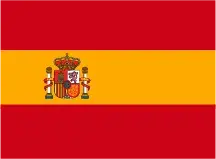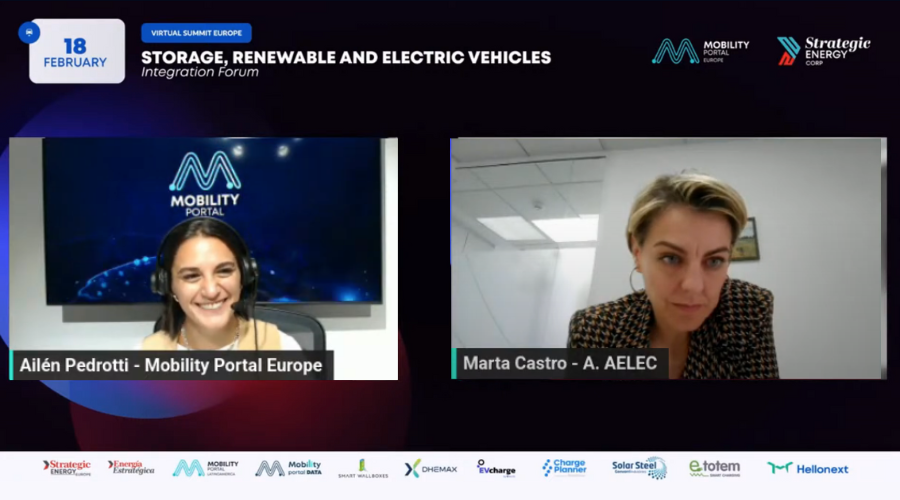In recent years, many countries have doubled or even tripled their investment plans in electrical networks, recognising that a solid infrastructure is crucial for decarbonisation.
Spain is no exception and has projected €52 billion by 2030 to strengthen its distribution and transmission network.
However, executing these plans is not just about budget allocation; it also depends on the country’s ability to offer a competitive and stable model that instils confidence in investors.
“The European market is undergoing a major transformation. We are seeing increasing competition to attract capital for the energy transition, and Spain must ensure that its regulatory model remains attractive,” says Marta Castro, Director of Regulation at aelēc.
The Spanish Electricity Companies Association (aelēc) is concerned not only about investment but also about development timelines.
“The distribution network is not built overnight. It requires time and planning, making it essential to synchronise infrastructure growth with electrification projects, preventing it from becoming a bottleneck.”
At the latest virtual summit organised by Strategic Energy Corp, in collaboration with Mobility Portal Europe, and within a panel specifically focused on 100% electric heavy transport, Castro highlighted how this context directly impacts the eMobility transition.
In Spain, requests for grid access and connection have increased exponentially, but many remain unanswered—either due to capacity shortages among distributors or because promoters abandon the process due to the complexity of administrative procedures.
To speed up these processes, aelēc proposes prioritising mature projects and simplifying administrative procedures related to permitting.
Castro highlights that some regions implementing measures such as “responsible declaration” have seen positive results, proving that agile regulation can unlock infrastructure growth.
A Power Map: A True eMobility Facilitator?
One of the sector’s latest developments is Circular 1/2024, a new regulation that has sparked discussion.
“This regulation has been long awaited and will facilitate demand access, particularly for electric vehicle charging infrastructure,” Castro explains.
The new framework aims to enhance transparency in access and connection processes, aligning with European directives.
Among its most relevant changes is the publication of capacity maps, allowing promoters to identify locations within the grid where charging stations can be installed without uncertainty.
“This regulation will harmonise procedures across Spain. Additionally, publishing capacity maps will enable promoters to identify suitable locations for high-voltage charging stations without uncertainty,” Castro adds.
Flexibility: Key to Infrastructure Optimisation
Grid flexibility will also be crucial for optimising existing infrastructure.
Despite capacity limitations, short-term solutions can maximise efficiency while expansion plans are implemented.
“It is true that we may face capacity challenges in the grid, but we must also find short-term solutions that optimise the use of existing infrastructure,” affirms Castro.
With 2030 targets on the horizon, network planning becomes more critical than ever from aelēc’s perspective.
“Environmental objectives are highly demanding and ambitious. To achieve them, it is essential to increase grid capacity and ensure its readiness for ongoing electrification projects.”
The transport sector, as one of the largest CO₂ emitters, plays a central role in this transition.
To drive its electrification, electricity distributors need not only investment but also a clear roadmap and accurate estimates.
Regulatory Certainty, a Decisive Factor for Investors
Castro concludes that Spain’s success in this transformation will depend on its ability to maintain an attractive regulatory framework, streamline grid connection processes, and support electrification with adequate planning.
“It is no longer just about how much investment should be allocated to electric or gas infrastructure, but about incorporating the growing demand for grid access and connection, with a particular focus on the transport sector, which is crucial for decarbonisation.”










